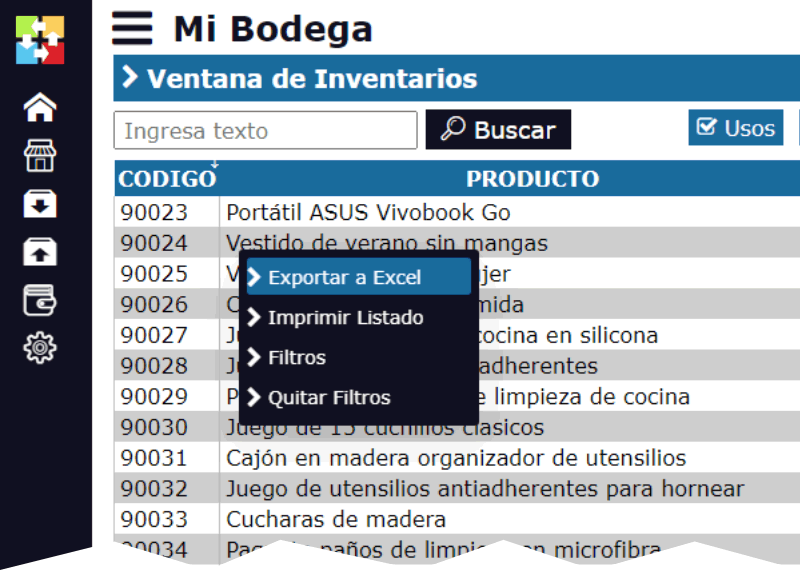Purchase Orders

What is a Purchase Order Used For?
- Ensuring Inventory Control: Ensures that the necessary products are acquired in the correct quantities.
- Establishing Clear Conditions: Defines the terms of the transaction, such as prices, delivery dates, and payment conditions, reducing the risk of misunderstandings.
- Audit and Tracking: Provides a documented record of acquisitions, facilitating accounting and review of transactions.
How is a Purchase Order Used?
- Creation: The purchasing department or an authorized user drafts the Purchase Order, detailing the products or services required, along with quantities, prices, and any other relevant specifications.
- Approval: The Purchase Order is reviewed and approved by a supervisor or a purchasing manager, ensuring that it meets internal policies and that the terms are suitable.
- Issuance to Supplier: Once approved, the Purchase Order is sent to the supplier, who uses it as a basis to prepare and deliver the requested goods or services.
- Receipt of Goods: Upon receiving the products, the warehouse team verifies that they match the specifications in the Purchase Order and records the entry of the goods into the inventory system.
- Payment: Finally, the Purchase Order serves as a reference for payment, linking the supplier's invoices to the agreed terms.
Life Cycle of Purchase Orders in Inventarios1A
Purchase Orders in the Inventory Software Inventarios1A follow a defined life cycle:
- Creation of the Purchase Order: Allows adding, deleting or modifying items.
- Approval of the Purchase Order: A crucial step that ensures the integrity of the order.
- Printing (optional): A physical document can be generated if necessary.
- Receipt of the Purchase Order: Entry of products into the warehouse.
Why is Approval Necessary?
Approval of the Purchase Order is an essential step that blocks any subsequent modifications. This means that:
- No new items can be added.
- Quantities and prices cannot be changed.
- The order must be approved before it can be printed.
User Permission Configuration
User permissions can be configured to define who can create, approve and receive purchase orders. In the default configuration, the Administrator user has all these privileges.
In a company, permissions might be configured as follows:
- Secretary: Responsible for typing purchase orders.
- Purchasing Manager: Verifies and approves orders, reviewing aspects such as value and supplier.
- Warehouse Clerk: Receives the goods in the warehouse when the supplier delivers them.
Approval of purchase orders adds an extra level of control, particularly useful in companies that require at least two quotes before making a purchase, ensuring the best price is obtained.
Security and Control through Segmentation of Responsibilities
To maximize security, the person entering the purchase order should not be able to approve it, and the person approving the purchase should not be the one entering it. The warehouse clerk, on the other hand, should only be able to receive the purchased products, without the ability to perform other actions.
This system of segmentation allows for precise identification of the source of any irregularities (although rare, they can occur). Each action is recorded with detailed information about the user, the equipment, the IP address, and the time, providing a complete audit trail.





